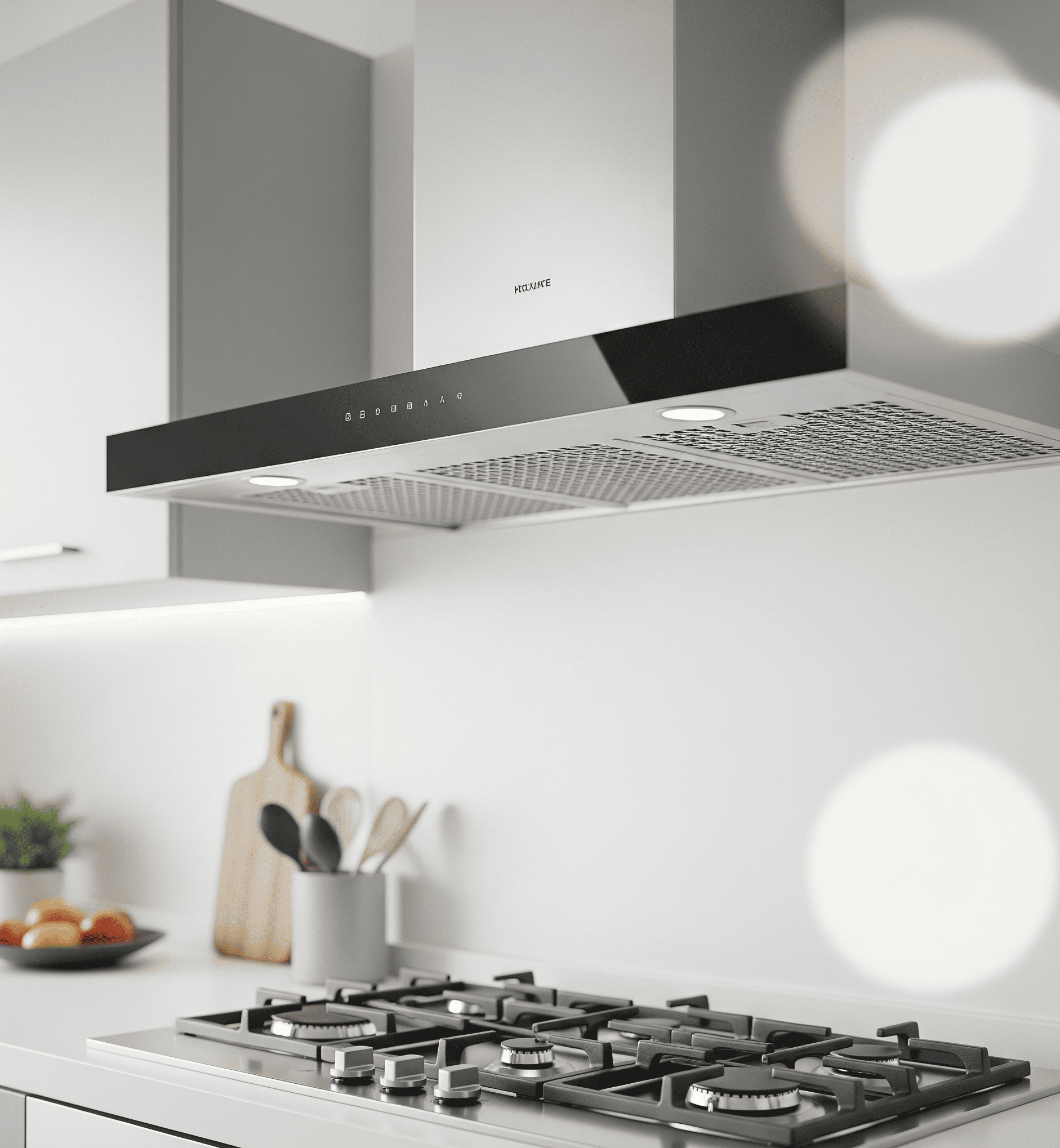Kingsgrove Branch:
How to Clean Stove Exhaust Fan

How to clean stove exhaust fan? This guide dives deep into the essential steps for keeping your kitchen clean and healthy. A neglected exhaust fan can lead to a buildup of grease and odors, creating an unpleasant cooking environment and even posing health risks. From identifying your fan type to mastering the cleaning process, this detailed walkthrough will ensure your kitchen is sparkling clean and your cooking experience is a delight
Properly cleaning your stove exhaust fan isn't just about aesthetics; it's about maintaining a safe and healthy cooking environment. Grease buildup can create fire hazards, while lingering odors can affect the overall quality of your meals and home. This guide will equip you with the knowledge and steps to effectively clean your exhaust fan, from start to finish
Keeping Your Stove Exhaust Fan Sparkling Clean
A clean stove exhaust fan is more than just a good aesthetic; it's a crucial part of maintaining a healthy kitchen environment. Ignoring it can lead to serious issues, from unpleasant odors to potential health risks. This guide walks you through the entire process, from identifying your fan type to preventing future buildup. Let's dive in
Introduction to Stove Exhaust Fan Cleaning
A clean stove exhaust fan is essential for a healthy kitchen. Grease buildup not only looks unsightly but can also create fire hazards. Ignoring cleaning can lead to a buildup of harmful bacteria and odors, impacting indoor air quality. People often neglect cleaning because of time constraints or the perceived difficulty of the task. However, a dirty fan can contribute to respiratory problems and allergic reactions, making regular cleaning a vital part of kitchen hygiene, see how to clean kitchen exhaust fan
Identifying Different Stove Exhaust Fan Types
Stove exhaust fans come in various forms, each requiring a slightly different approach to cleaning. Understanding your specific fan type will make the process much easier and safer.
- Range Hoods: These are often the most common type, featuring a hood above the stovetop. Cleaning often involves removing the filter and components for a thorough scrub
- Built-in Fans: These are integrated into the cabinetry. Cleaning often involves carefully removing the fan assembly and cleaning individual components
- Under-Cabinet Fans: These fans are mounted beneath the cabinets. They are often easier to access, allowing for more straightforward cleaning
Gathering Necessary Supplies
Before you begin, gather the right tools and cleaning agents. Safety is paramount
| Cleaning Supply | Purpose | Quantity |
| Dish soap | Grease cutting | 1 bottle |
| Baking soda | Deodorizing and scrubbing | 1 box |
| White vinegar | Degreasing and disinfecting | 1 bottle |
| Soft cloths | Cleaning and wiping | Several |
| Scrub brush (soft-bristled) | Removing stubborn grease | 1 |
| Gloves | Protecting hands | Pair |
Pre-Cleaning Procedures
Safety first! Before you start, ensure you disconnect the fan from the power source. This prevents any electrical hazards
- Unplug the fan
- Carefully detach any easily removable components like filters or grills
- If applicable, disconnect the fan's electrical connections
- Place the removed parts on a safe, clean surface
Cleaning Methods and Procedures
Now, let's get cleaning! Different materials require different cleaning methods
- Grease Buildup: Use a mixture of dish soap and warm water. A scrub brush can help loosen stubborn grime. Baking soda can also be helpful in scrubbing
- Metal Parts: A gentle dish soap and water solution is sufficient. Avoid abrasive cleaners that might damage the metal
- Filters: Most filters are dishwasher-safe. If not, hand-wash them in hot, soapy water
Post-Cleaning Procedures
Reassemble everything carefully, ensuring all connections are secure
- Reattach any removed components
- Reconnect the electrical connections
- Plug the fan back in
- Check for proper operation
Preventing Future Buildup
Regular maintenance is key to preventing future grease buildup. Using the right filters can significantly reduce the amount of grease accumulating on the fan
- Regular Cleaning Schedule: Aim for a monthly cleaning or more frequently if you cook often
- High-Quality Filters: Invest in good quality filters that are specifically designed for your stovetop
Troubleshooting Common Issues
Sometimes things go wrong. Here are some common issues and solutions
- Fan not working: Check the power source and connections. If the problem persists, contact a professional
- Noisy fan: Lubricate the fan motor if necessary. If the noise persists, contact a professional
Safety Precautions During Cleaning, How to clean stove exhaust fan
Safety is paramount. Always take precautions to avoid accidents
- Always unplug the fan before cleaning
- Use caution when handling cleaning agents and tools
- Be careful when working near electrical component
Examples of Effective Cleaning Methods
Here are some cleaning techniques for different materials
- Grease Stains: A paste of baking soda and water can be applied to stubborn stains and left to sit before scrubbing
Final Review
So, you've learned the ropes of stove exhaust fan maintenance! By following the steps in this guide, you've taken a proactive approach to kitchen hygiene, ensuring a safe and pleasant cooking experience. Regular cleaning prevents dangerous grease buildup and maintains the optimal performance of your stove exhaust fan. Now go forth and keep your kitchen sparkling, see how to clean exhaust fan filters
User Queries: How To Clean Stove Exhaust Fan
Can I use dish soap to clean my stove exhaust fan?
While dish soap can help with some grease, a more targeted cleaner for grease buildup is often recommended. Use a cleaner specifically designed for grease and grime, and always check the manufacturer's instructions for your specific fan type
How often should I clean my stove exhaust fan?
Regular cleaning, ideally monthly or quarterly, depending on how frequently you cook, is crucial. This prevents significant grease buildup and keeps your fan operating efficiently
What if my exhaust fan is difficult to remove?
Refer to your stove exhaust fan's user manual or consult a professional if you encounter difficulties during removal. Properly disassembling the fan is essential for effective cleaning
What should I do if my stove exhaust fan is making strange noises after cleaning?
If your stove exhaust fan is making unusual noises after cleaning, check for any misaligned parts or obstructions. If the problem persists, consult a qualified appliance technician for assistance
Recent posts

Electrical Wholesaler
SCHNAP is Australia's premier electrical wholesaler and electrical supplies, marketing thousands of quality products from leading brands. Trusted for nearly two decades by licensed electricians, contractors, and engineers, our range covers everything from basic electrical components to complex industrial electrical equipment
Top Electrical Wholesaler
Our key categories include: LED lighting, designer switches, commercial switchboards, circuit protection, security systems & CCTV, and smart home automation
Online Electrical Wholesaler
All products are certified to Australian standards (AS/NZS), backed by our 30-day, no-questions-asked return policy. Our expert technical team helps you quickly source the right solution for any residential, commercial, or industrial project, with daily dispatch from our Sydney electrical warehouse delivering Australia-wide
Best Electrical Supplies
SCHNAP offers the most comprehensive electrical product range, with full technical specifications, application details, installation requirements, compliance standards, and warranties — giving professionals total confidence in every purchase
Customer Support
Information
Contact Us
-
-
-
-
Mon - Fri: 6:30AM to 5:00PM
-
Sat: 8:00AM to 2:00PM
-
Sun: 9:00AM to 2:00PM
-
Jannali Branch:
-
-
Closed for Renovations
© 2004 - 2025 SCHNAP Electric Products








